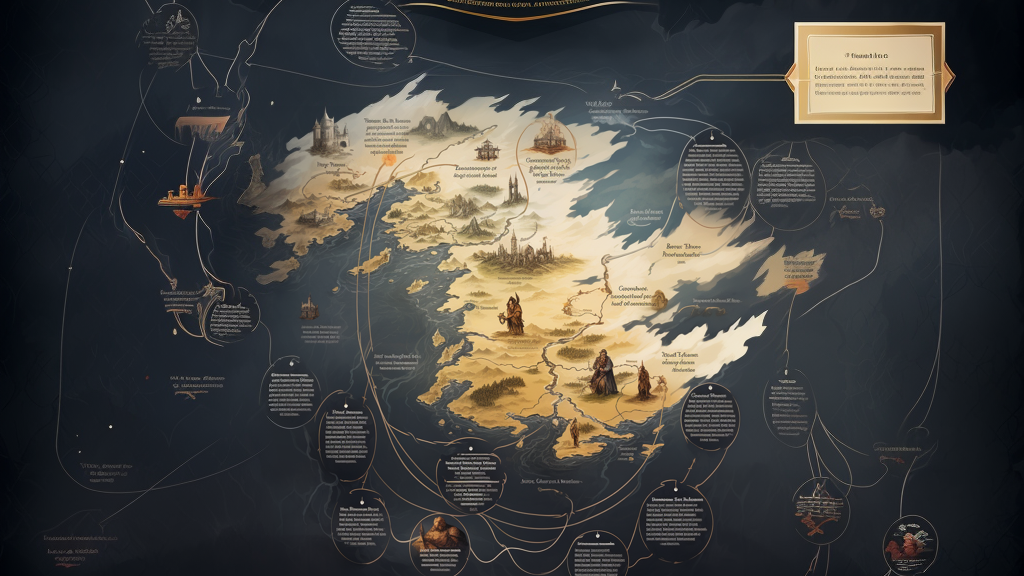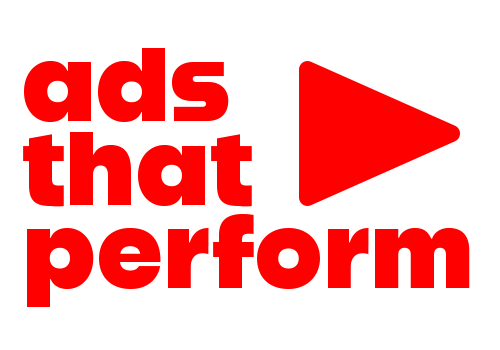
In the bustling digital marketplace, grabbing your audience’s attention is only half the battle. The real challenge lies in engaging their emotions, stirring their interest, and persuading them to take action. Enter the power of storytelling. Stories are more than entertainment; they are an age-old communication tool that speaks directly to the human heart, making them a perfect ingredient for impactful Video Sales Letters (VSLs).
In this article, we delve into the art and science of storytelling in VSLs, focusing on twenty potent storytelling formulas that have proven their mettle time and time again. From the riveting drama of the Hero’s Journey to the inspiring resilience of the Underdog Story, these formulas offer a diverse toolkit for crafting compelling narratives that can catapult your VSLs to the next level.
Whether you’re a seasoned copywriter seeking to refine your technique or a business owner exploring the world of VSLs for the first time, this guide will provide a valuable roadmap. Get ready to dive deep into the realm of storytelling, unearthing the secrets of persuasion that can transform your video sales letters into compelling, action-driving narratives.
Welcome to the powerful intersection of storytelling and marketing.
Storytelling is an art that has been harnessed for marketing and sales for years, and there are various formulas that can make a story resonate with your audience.
Here are 20 storytelling formulas and a brief explanation of why they work:
- The Hero’s Journey: This formula follows a protagonist who ventures out, overcomes challenges, and returns transformed. It works because it creates a relatable character who encounters problems similar to the ones your audience faces, making the solution you offer more appealing.
- Before-After-Bridge (BAB): You present the situation before the product, then after the product, and bridge the two with your product or service. This formula is effective because it shows clear transformation and how your product or service is the catalyst for that change.
- Problem-Agitate-Solve (PAS): Introduce a problem, agitate it, and present your solution. This formula works because it establishes an emotional connection with the audience by emphasizing their pain points and then offering a solution.
- Features-Advantages-Benefits (FAB): Detail the features of your product, the advantages of those features, and how those advantages benefit the customer. It’s effective because it connects the product to the customer’s needs and shows the value your product or service provides.
- The Underdog Story: Share a story about someone who succeeded against all odds with the help of your product or service. This formula resonates with audiences because it showcases perseverance and evokes a strong emotional response.
- Testimonial-Driven Story: Real-life stories from satisfied customers can serve as social proof, demonstrating the value of your product or service. This works because people often trust the experience of others like them more than a sales pitch.
- The Comparison Story: Compare your product or service with others in the market, highlighting how yours is superior. This formula works because it leverages competition and showcases your unique selling proposition.
- The Vision Story: Paint a picture of what the future could look like with your product or service. It works because it helps audiences visualize the benefits and positive change your offer can provide.
- The Origin Story: Share how your product or service was created. This formula works because it humanizes your brand and builds trust with your audience.
- The Authority Story: Use an authority figure in your story. Their endorsement can boost credibility and influence your audience, increasing the effectiveness of your message.
- The Mentor Story: A mentor figure who guides the hero (the customer) is a great way to offer advice and solutions. It works because it builds trust and positions your brand as an expert guide.
- The Us vs. Them Story: Present a common enemy that both your brand and your customers are against. This fosters a sense of unity and makes your brand a part of your customers’ tribe.
- The Challenge Story: Present a challenge and show how it can be overcome with your product or service. This formula works because it shows your understanding of your audience’s struggles and presents your product as the solution.
- The Unexpected Success Story: Share a story where success was achieved unexpectedly or in a surprising manner. This formula works because it intrigues the audience and keeps them engaged.
- The Journey and Return: Describe a journey, an experience, or a learning curve and the return back to normal life with new insights or benefits. This formula works because it shows growth and transformation.
- The Rags to Riches Story: This classic storyline showcases a character going from a difficult situation to achieving great success, often with your product or service. It’s a powerful formula because it inspires and provides hope to your audience.
- The Conspiracy Story: Expose a ‘hidden truth’ or ‘conspiracy’ that your product or service can address. This storytelling formula works because it intrigues and captures the audience’s attention.
- The Quest Story: Tell a story of a mission or a quest to achieve a particular goal. This formula works because it creates suspense and maintains engagement throughout the story.
- The Transformation Story: Show a character or situation that has experienced a significant transformation because of your product or service. This works because it provides concrete proof of what your product or service can achieve.
- The Cliffhanger Story: A story that leaves the audience in suspense or on a cliffhanger. This formula works because it keeps your audience engaged and eager to know more, keeping them hooked to your message.
The effectiveness of each formula will depend on your audience and the product or service you offer. The key to effective storytelling is understanding your audience, their needs, desires, and the challenges they face. Tailoring your stories to resonate with them can significantly increase the impact of your marketing efforts.
Besides the storyline, there are fundamental aspect of how to make your video ad work, thus this article about the backbone of an winning video ad that`s universally tested and proven for over 100 years already. Read it here: » The structure of a winning video ad for Facebook, TikTok and Youtube (adsthatperform.com)
Example: The Underdog Story
Writing an underdog story involves showcasing an individual or company overcoming significant obstacles to achieve their goals.
Here’s a very simple step-by-step guide to writing this script for your Video Sales Letter (VSL) just so you can get ahead:
1. Identify the Underdog: Your protagonist is the underdog – the person or company that is in a disadvantaged position and faces an uphill battle. This could be you, your company, or a client who has used your product or service. Start by introducing the underdog, humanizing them to your audience. Describe their background, their challenges, and why they’re the underdog in the situation.
Example: “Meet Jane. Just a few years ago, she was struggling to pay her bills as a single mother of two…”
2. Set Up the Challenge: Clearly define what the underdog is up against. It could be a formidable competitor, a personal limitation, or a significant market challenge. The higher the odds stacked against them, the more compelling the story.
Example: “…She had a vision to start her own business but with no capital, no business experience, and a saturated market, her dreams seemed nearly impossible.”
3. Show the Struggle: Take some time to delve into the underdog’s struggles. This step is crucial for creating an emotional connection with your audience.
Example: “…There were late nights, moments of doubt, countless rejections, but Jane never gave up. She poured her heart and soul into her dream.”
4. Introduce Your Product/Service as a Catalyst: This is where your product or service comes in. Show how it helped the underdog in their journey. Highlight the features or aspects of your offer that were instrumental in the underdog’s success.
Example: “…That’s when she discovered our business coaching program. With our step-by-step guidance, resources, and support, Jane was able to build her business from the ground up.”
5. Showcase the Triumph: Describe the underdog’s success and how they managed to overcome the odds. Make this as detailed and vivid as possible to amplify the sense of accomplishment.
Example: “…Today, Jane owns a thriving online boutique, providing for her family and serving satisfied customers across the country. She defied the odds and made her dream a reality.”
6. Call to Action (CTA): Now that your audience is inspired by the underdog’s story, guide them to take the next step with a clear and compelling call to action.
Example: “…You too can defy the odds, just like Jane. Start your journey with our business coaching program today.”
Throughout your script, aim to evoke emotions and maintain authenticity. The underdog story is powerful because it taps into our collective love for rooting for the “little guy” and inspires viewers to believe they can also overcome their challenges.
Explore more in depth about the topic of using correctly authority figures in your sales copy – The Power of Authority Figures in Storytelling and Video Sales Letters
Want to know which ad types works best? Read this article
Advertising101

Get notified once the YouTube Ads Spy Tool is out.
